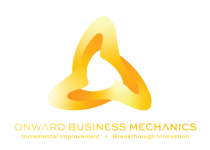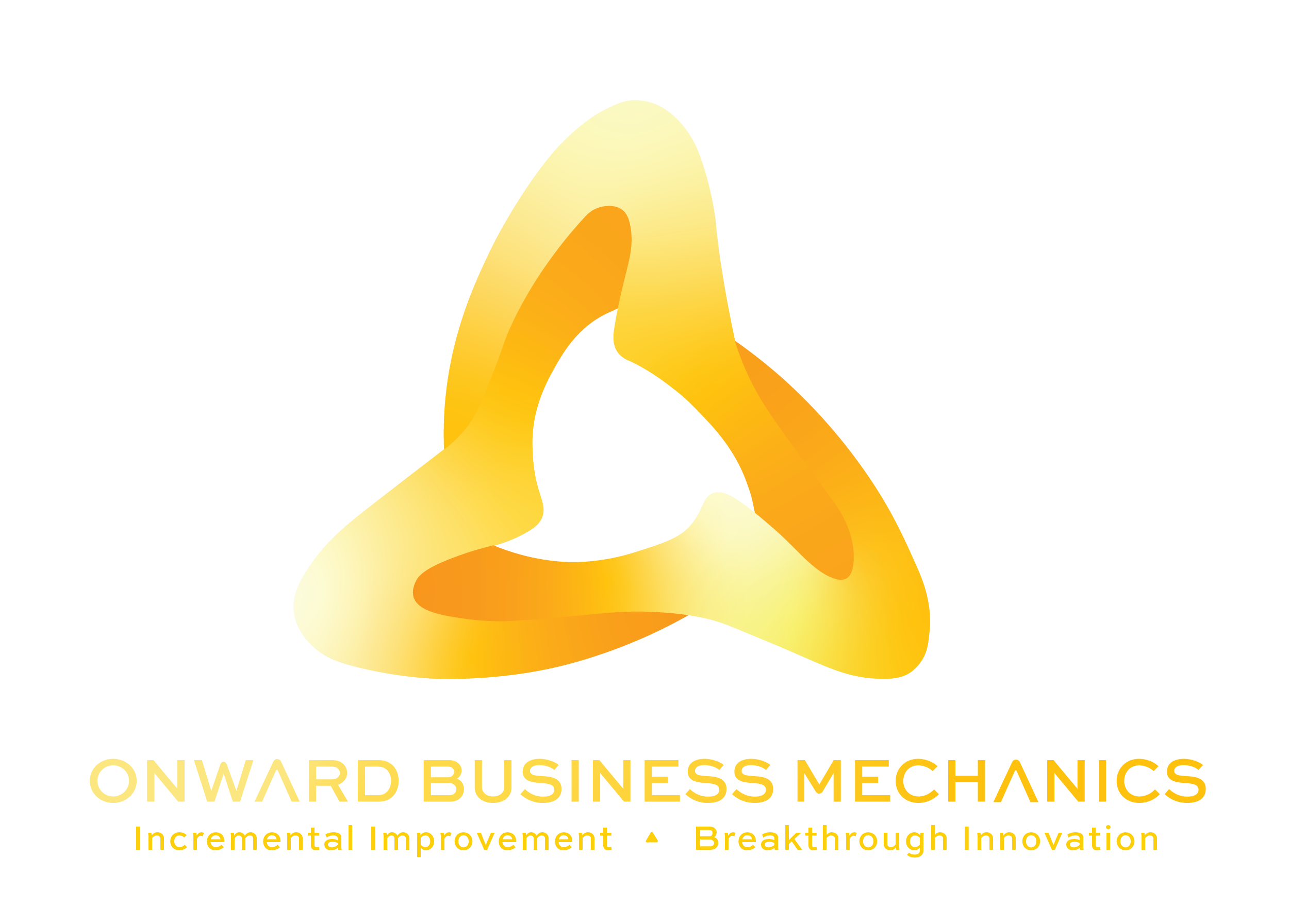I had lunch with a friend whose opinion I respect a lot a few months back, and he told me that sustainability is the new Lean. Because I am a Lean practitioner I wondered: Am I going to have to start all over again?
A short time later I got the chance to attend the Natural Step strategy in Sustainability Foundation Course.
The Natural Step is a Canadian not-for-profit agency that promotes sustainability in business. The Natural Step adopts a partnership stance rather than a watchdog mentality, encouraging them to change their operational practices, strategy and culture to lessen their environmental impact and drive business growth.
Make a profit AND protect the planet?
Yes, you read that right – they can do both, and there are many success stories. The most famous one is the late Ray Anderson, former CEO of Interface, a modular carpet maker from Georgia who championed a sustainability movement in his company that saved some $310 million and reduced water consumption, material consumption, electricity use and cut carbon dioxide emissions drastically. Check out his inspiring TED talk here about the business logic of sustainability.
During the training I met many change leaders mostly from environmental or sustainability organizations. I wondered where are the leaders from Industry were – from factories from manufacturers. Since they’re the ones who uses the most water and produce the most carbon dioxide, they need to embrace these methods if we’re going to get anywhere.
The first great thing I learned: sustainability actually exists. It actually is a state of operation that could exists in this modern world. It doesn’t mean going back to us all living in trees or in cabins, farming and not making anything or going anywhere. It simply means:
we are not systematically increasing the concentrations of substances from the earth crossed by products of society decoration by physical means or undermining capacity to meet their own needs.
This sounds like technical language but it’s actually very well broken down. And it is within reach as Interface, a poster child for sustainability, has proven. Ever since Ray Anderson set a goal that they would acheive sustainability by 2020, they have led the way in operational sustainability.
One of the things that made Interface successful in what they did is that they involved everyone from the factory floor all the way to the CEO. They engaged them and helped them understand their part in making change happen – and what it would mean once they did!
So they first saved $311 dollars on reducing their energy costs water consumption and material consumption.
That is they practiced Lean and then the reinvested the proceeds of the savings into energy upgrades: purchasing more efficient lighting, heating and cooling systems from the proceeds of their initial improvement efforts.
These upgrades cost money but pay themselves back very quickly. There is often government subsidy money available to supplement these investments, since when companies take steps toward sustainability, we all win.
To review, our process is: First drive out waste using Lean tools. Then reinvest the savings into more efficient systems and equipment. Bring your employees – every last one of them – along with you so they understand the change they are helping to create, and why it matters.
Lean has not been replaced by Sustainability – in fact it could be described as the first step on the sustainability journey. The business case for Lean has traditionally come from dollars alone, though with more and more focus on Sustainability (or more importantly, the consequences of living and working unsustainably) we may have the most compelling why yet.


